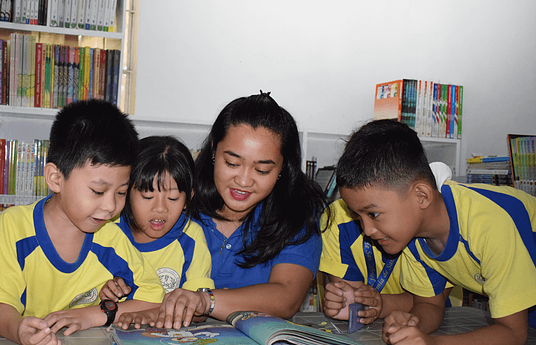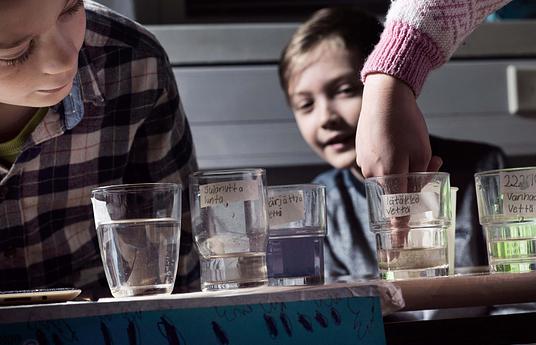It has been shown that how the initial introductions to STEM subjects are made has a significant influence on a child's later engagement and interest in maths and the sciences. Appropriate STEM experiences in early childhood can be starting points for supporting children’s continued successes in STEM. STEM competencies are of growing importance and yet there is a lack of motivating materials.
AutoSTEM, uses a relational play-based pedagogy and a dynamic learning concept that is child-centred but not entirely child-directed. Teachers introduce AutoSTEM automata to the children who then make the moving toy. While they make the toy, the teacher introduces STEM areas. Once the child has made their toy, they can play with it. The project then enters a reflective stage where different concepts that the toy has initiated can be explored further. Everything including teacher step by step guides, videos and background is available on the website.
AutoSTEM has completed 42 workshops with children, and 21 workshops with teachers with a total of 1,139 participants across Europe, and the Internet. After the workshops questionnaires permitting analysis are completed. These and observations and analysis have been used to produce a number of peer reviewed academic papers in important journals. Additional papers and conferences have been completed.
Website at: https://www.autostem.info/
AutoSTEM has completed a large website with all the resources and background that teachers need to implement the project. Over 40 videos ( 76,860 views to date) are available that show how to make the automata and use them. Every automata has it's own teacher guide and some have printable templates. There is a full online course to allow self-access.
AutoSTEM has completed 5 webinars, 4 online workshops, 17 academic papers, 9 academic conferences and has future conferences and papers.
The project has a Facebook page and uses 7 YouTube channels.
11 large scale social media campaigns have taken place.
Our work is also available on The EU Scientix portal that reaches teachers across Europe and the world. AutoSTEM is even mentioned on Wikipedia
Everything an educator or child carer needs is available on the project website. They can start at the online course, that is divided in to 5 modules, at any point, to build a better understanding, or they can go straight to the AutoSTEM automata at https://www.autostem.info/construction-instruction-pedagogical-guidelines/ There is no charge and most of the resources are available in 5 languages.



